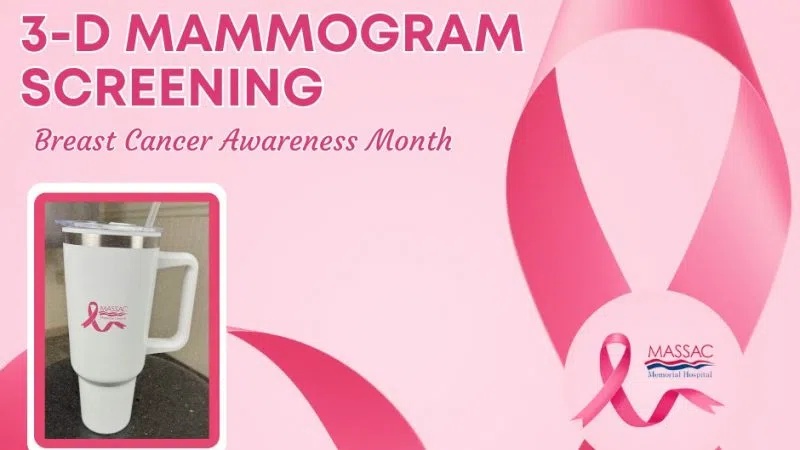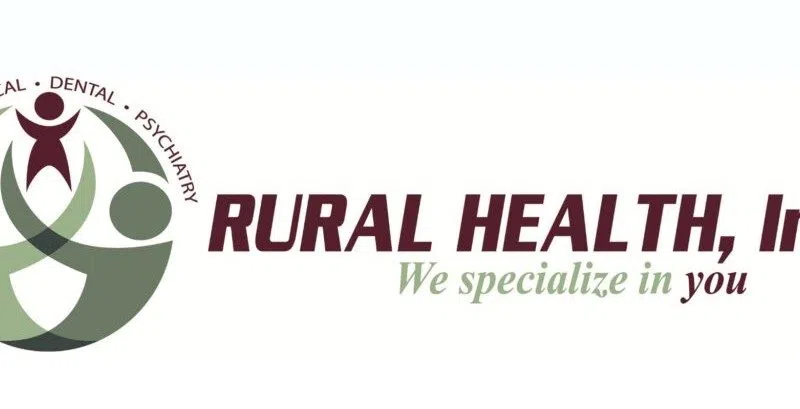URBANA, Ill. — University of Illinois SNAP-Education provides community-based nutrition education to individuals and families eligible for SNAP benefits and collaborates with communities and local partners to make nutritious foods and physical activity accessible for all.
Illinois SNAP-Ed will hold an online presentation, “Illinois SNAP-Ed Impacts,” to highlight the results and findings of work conducted over the past three years, including an evaluation of educational programs, SNAP-Ed partnerships, return on investment estimates, the statewide EAT.MOVE.SAVE. social marketing campaign, and the economic and social benefits of the program. In addition, information will be provided on how to contribute to future program priorities.
“SNAP-Ed has provided nutrition education to communities for the past 25 years. Our staff live in the communities they serve and have a vested interest in helping build stronger, more resilient communities,” says Assistant Dean, Jennifer McCaffrey. “The impact across Illinois the past three years has been so important for Illinois residents and we are excited to share with all of you.”
The webinar will take place on May 17 at 11 a.m. and is intended for local, regional, and state SNAP-Ed partners, state SNAP-Ed staff, and community, state, and national stakeholders, policymakers, and public health program advocates.
Register at go.illinois.edu/ILSNAPEd-ImpactsWebinar. For more information or if a reasonable accommodation is needed, please contact Caitlin Kownacki at caitlink@illinois.edu. Early requests are strongly encouraged to allow sufficient time to meet access needs.
Illinois SNAP-Ed is delivered in partnership with the Illinois Department of Human Services through University of Illinois Extension and University of Illinois Health’s Chicago Partnership for Health Promotion. In 2022, these entities reached over 1,006,000 Illinois residents from 100 counties and over 500 cities across the state.










Comments